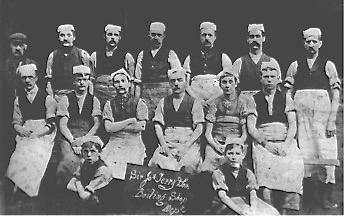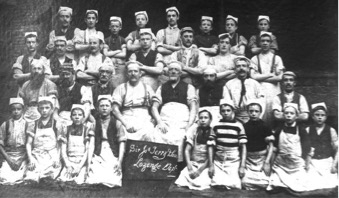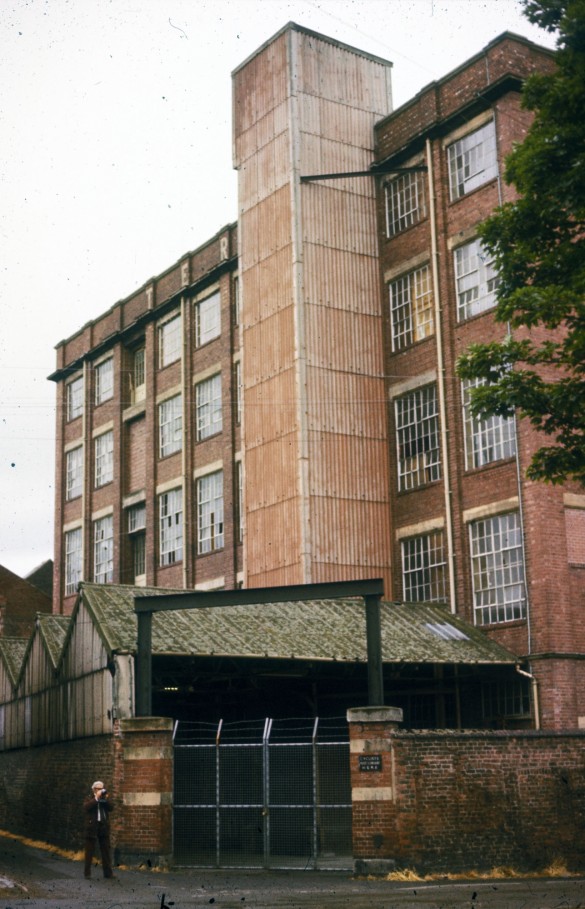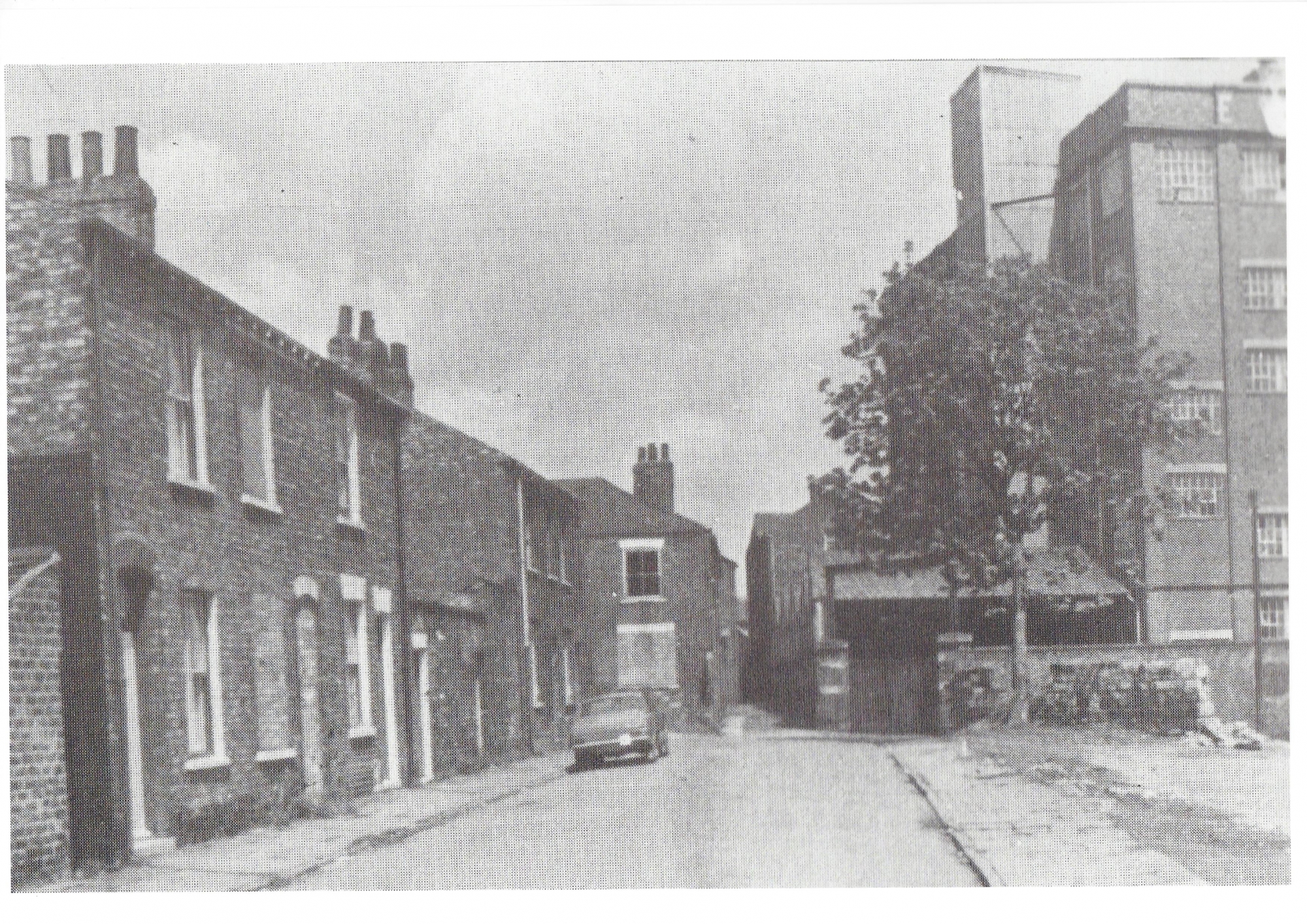



View navigation
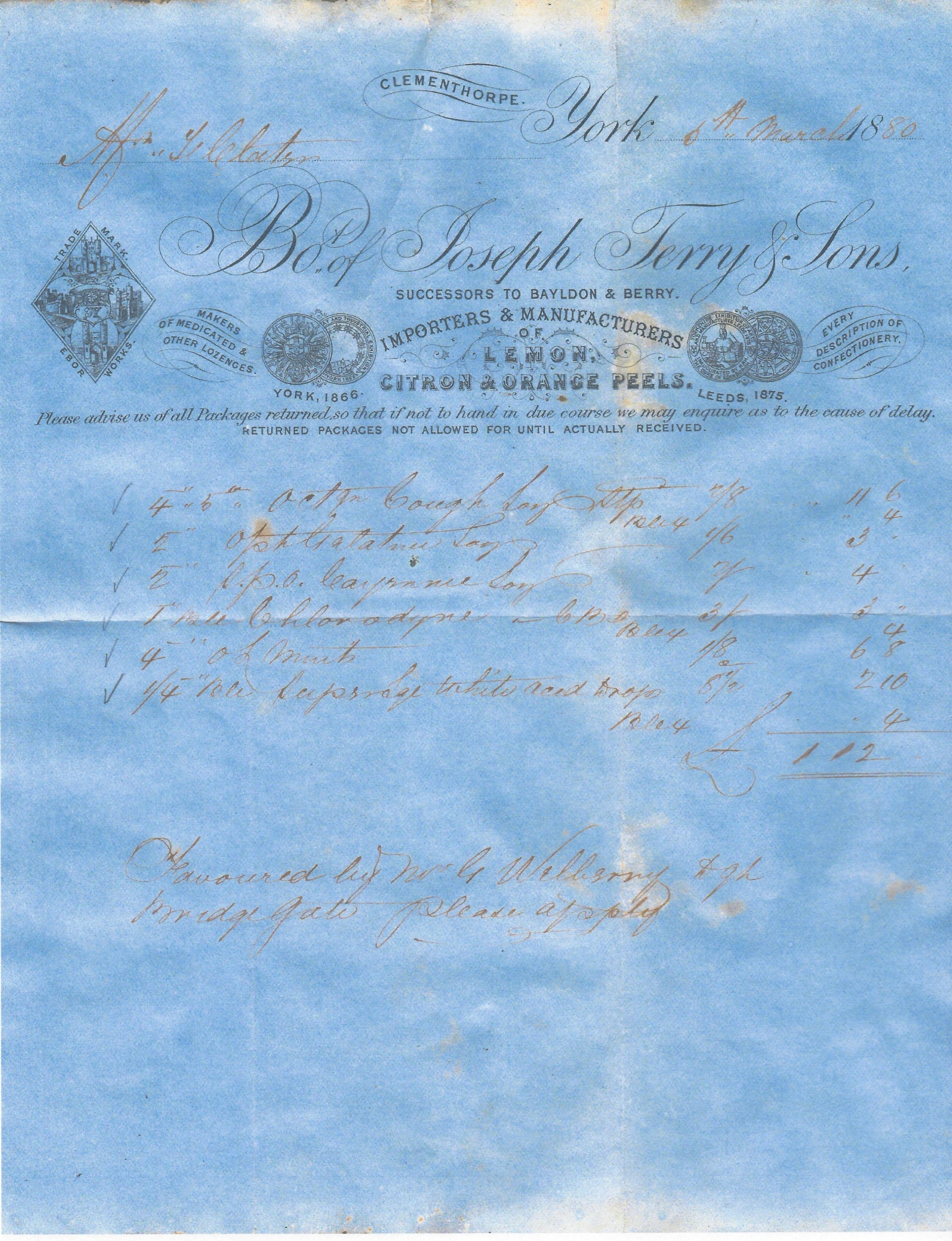
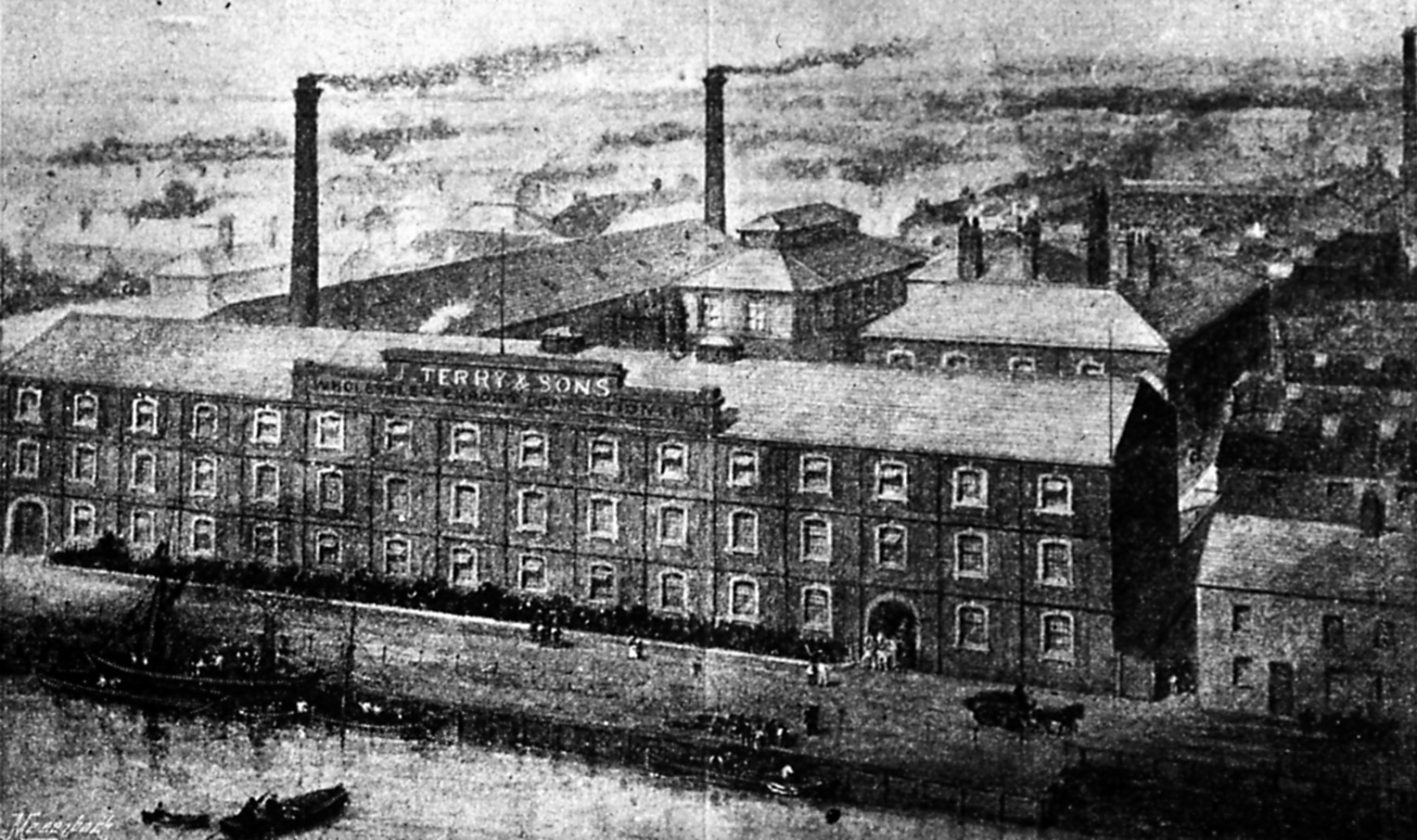 The Yorkshire Gazette was able to report on 29th December 1888 that “Sir Joseph Terry and Sons, wholesale and export confectioners, had seen good business during the year – and quite as good as in 1887.
The Yorkshire Gazette was able to report on 29th December 1888 that “Sir Joseph Terry and Sons, wholesale and export confectioners, had seen good business during the year – and quite as good as in 1887.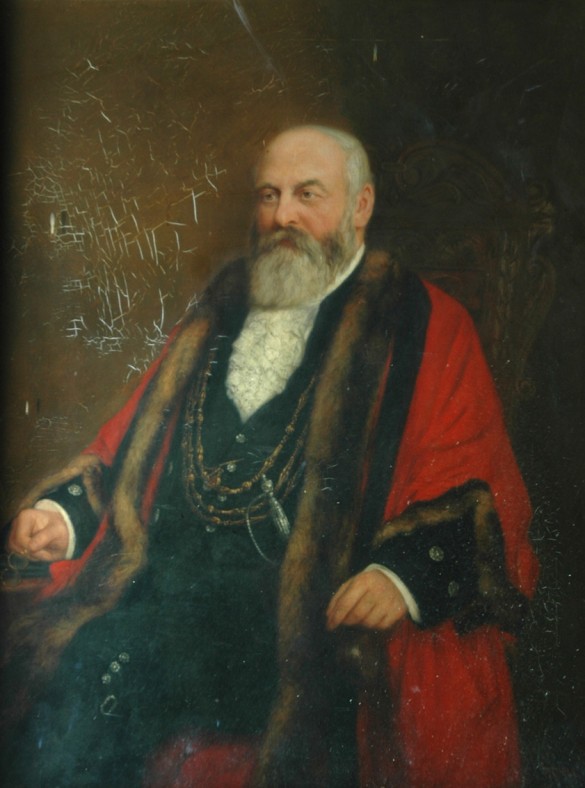 Portrait of Sir Joseph Terry, Lord Mayor of York (courtesy of the Mansion House, City of York Council)
Portrait of Sir Joseph Terry, Lord Mayor of York (courtesy of the Mansion House, City of York Council)